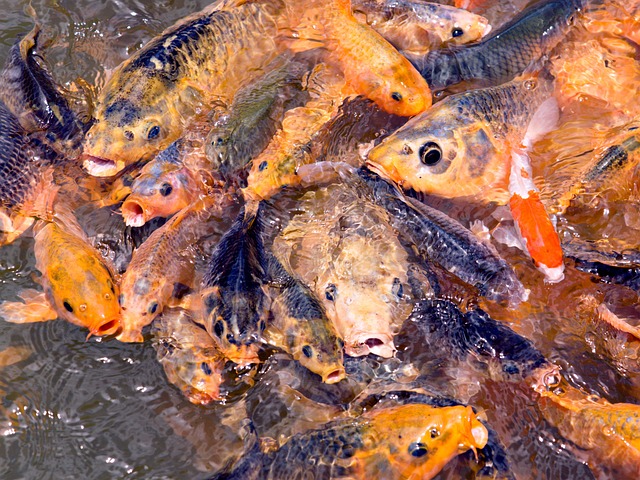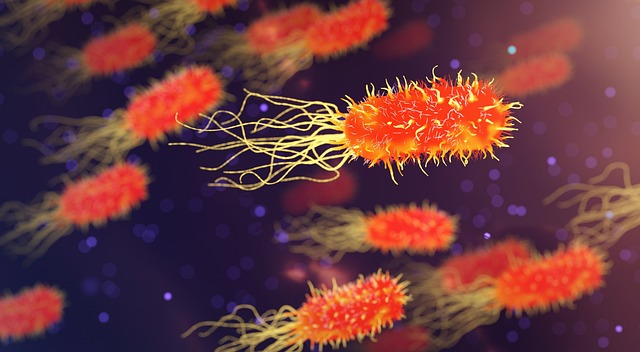
Feeding Adaptations in Fishes
Understanding Feeding Adaptations in Fishes
Fishes are truly fascinating creatures, each uniquely designed to thrive in their aquatic environments. Their feeding adaptations play a crucial role in their survival, influencing everything from their body shape to their hunting techniques. Let’s dive into the incredible world of fish feeding adaptations and explore how these adaptations help them flourish in diverse habitats. 🌊
The Basics of Fish Feeding Adaptations
Feeding adaptations are physical characteristics that enhance a fish's ability to find, capture, and consume food. These adaptations are shaped by the fish's environment, diet, and lifestyle. From the streamlined bodies of predators to the flat shapes of bottom-dwellers, each design tells a story of survival and success.
Body Shapes and Their Functions
The shape of a fish's body is often a direct reflection of its feeding strategy. Here are some common adaptations:
- Streamlined Bodies: Predatory fish, like tuna and sharks, have sleek, torpedo-shaped bodies that allow them to swim swiftly through the water. This shape not only aids in speed but also enhances maneuverability, making it easier for them to catch prey.
- Flat Bodies: Fish such as flounders and wobbegongs are examples of benthic fish that live close to the sea floor. Their flattened bodies allow them to camouflage against the ocean floor, making it easier to ambush unsuspecting prey. They don’t need to swim continuously, so their shape is more about stealth than speed.
- Specialized Mouths: The mouth structure of a fish can indicate its feeding habits. For instance, fish with long, thin mouths, like needlefish, are adapted for snatching small prey quickly, while those with wide mouths, such as groupers, can engulf larger prey.
Feeding Techniques
Beyond body shape, fish have developed various feeding techniques that complement their anatomical adaptations. Here are a few intriguing methods:
- Filter Feeding: Some fish, like the whale shark, have evolved to filter feed. They swim with their mouths open, allowing water to flow through their gills, trapping tiny organisms like plankton. This method is efficient and allows them to consume large amounts of food without expending too much energy.
- Ambush Predation: Fish like the stonefish rely on their ability to blend into their surroundings. They remain motionless until a potential meal swims by, at which point they strike with lightning speed. This strategy minimizes energy expenditure while maximizing the chance of a successful hunt.
- Schooling Behavior: Many fish species, such as sardines, school together to confuse predators and increase their chances of survival. This behavior also allows them to take advantage of cooperative feeding, where they can work together to herd smaller fish into tight groups for easier capture.
Adaptations to Environment
The environment in which a fish lives greatly influences its feeding adaptations. For example, fish in coral reefs often have specialized diets that include hard-shelled organisms, leading to stronger jaws and teeth. In contrast, fish in open waters may have adaptations for speed and agility to catch fast-moving prey.
Conclusion
Feeding adaptations in fishes are a beautiful testament to nature’s creativity and resilience. By understanding these adaptations, we gain deeper insight into the intricate relationships within aquatic ecosystems. Whether it’s the sleek body of a predator or the cunning camouflage of a bottom-dweller, each adaptation tells a story of survival and the delicate balance of life in our oceans. 🌊🐟

















 Handgun Ballistics Comparison Stopping Power
Handgun Ballistics Comparison Stopping Power 
 Health
Health  Fitness
Fitness  Lifestyle
Lifestyle  Tech
Tech  Travel
Travel  Food
Food  Education
Education  Parenting
Parenting  Career & Work
Career & Work  Hobbies
Hobbies  Wellness
Wellness  Beauty
Beauty  Cars
Cars  Art
Art  Science
Science  Culture
Culture  Books
Books  Music
Music  Movies
Movies  Gaming
Gaming  Sports
Sports  Nature
Nature  Home & Garden
Home & Garden  Business & Finance
Business & Finance  Relationships
Relationships  Pets
Pets  Shopping
Shopping  Mindset & Inspiration
Mindset & Inspiration  Environment
Environment  Gadgets
Gadgets  Politics
Politics 